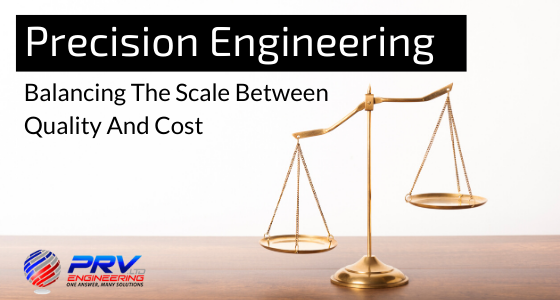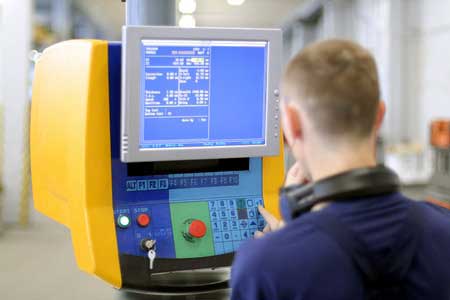Is business good, are the orders flooding in? Is the accountant happy with your turnover? If so, now’s the time to find ways of making your business more efficient.
Don’t sit back and rest on your laurels. Preparing for the worst is smart business, and boosting business efficiency is a proven, timeless defence.
Here at PRV Engineering we have spent the past two years investing heavily in plant, staff and facilities.
However, as we understand from experience, investment is not just about machinery and a new-look shop floor. You don’t automatically become more efficient.
Yes, it can certainly help to capture efficiencies. However, the gains could prove transient if you don’t look at your business, from top to bottom, and prepare accordingly for the future.
Here we look at FIVE ways to fine-tune your business, moving forward
“Three-dimensional printing makes it as cheap to create single items as it is to produce thousands and thus undermines economies of scale. It may have as profound an impact on the world as the coming of the factory did.” – The Economist, February 10, 2011
With advancements in printing technology, specifically 3D printing, creating three dimensional objects has become easier than ever before. 3D printing works by creating successive layers of material from a digital file and printing and compiling them with a materials printer. The technology has also made it possible to print different parts and assemblies of an element and add them together in a single build process.
In this post we look at the current state and potential uses of 3D printing.
iMachining Takes CNC Machining to the Next Level
SolidCAM designed iMachining to usher 21st century technology into every machining centre and by all accounts it has given the popularity of iMachining in its pre-release stage. iMachining helps to optimize tool engagement as well as cutting feeds throughout the tool path. This has lowered cutting times by as much as 70 percent.
But how does it work?
iMachining is guided by the knowledge-based Technology Wizard, which takes into account the type of material being cut and the type of machine being used, as well as the material and geometry of the cutting tool. This helps to ensure that the tool load remains constant, thereby ensuring longer tool life.
Most conventional computer aided machining software use small steps when cutting deep features in order to ensure that the tool isn’t overloaded. This is also done to minimise the effects of over engagement. With iMachining, however, programmers can easily cut to the tool’s full depth in just one pass, as the Technology Wizard controls tool engagement and generates a smooth morphing tool path. It also eliminates issues like air cutting, where the tool runs at full speed but doesn’t cut any metal.
iMachining: What Sets it Apart
Here are some of the most important developments brought about by iMachining:
Allows for automatic definition of optimised cutting parameters.
Reduces cutting times by as much as 70 percent.
Perfect for cutting hard metals, such as Titanium.
Intelligent morphing spiral paths ensure constant contact as well as controlled chip thickness.
With all those benefits it isn’t surprising that the industry is moving forwards in this direction.
Tool making forms a very important aspect of the manufacturing industry. From designing complex tools to precision engineered machine parts, tool making finds use in a wide range of manufacturing and engineering applications. With improved machining technologies and design capabilities, today it has become easier to produce high performance precision manufactured tools. However, when it comes to choosing a good tool making provider, it can be quite difficult with so many outfits claiming to provide unmatched services. Designing and making precision tools requires a lot of planning, high performance equipment, technical know-how and skill. In this post we will take a look at what things you should look out for when choosing the right tool making service.




Recent Comments